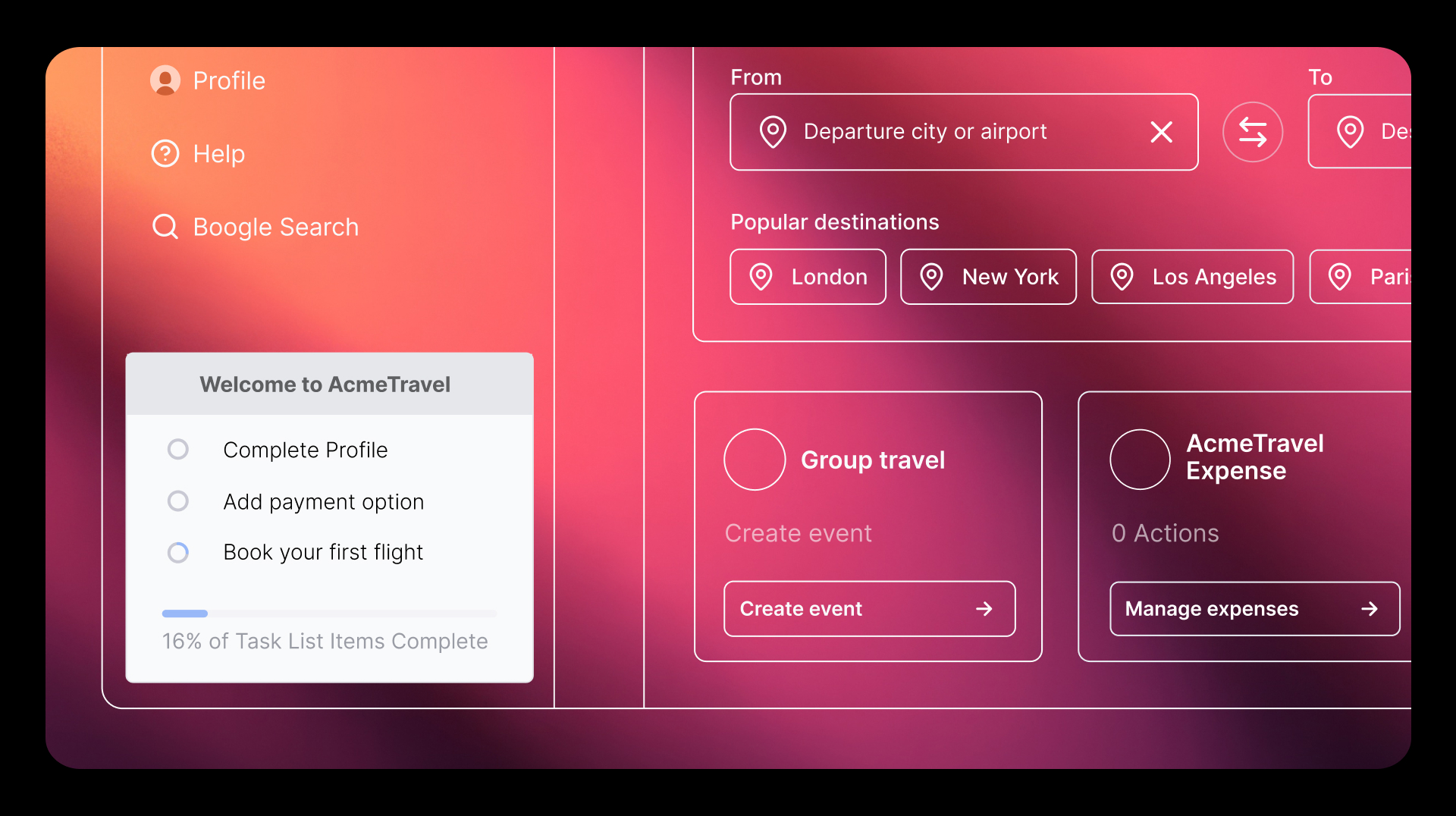It seems like we can’t go a day without seeing or hearing “data-driven” attached to some aspect of our professional or personal lives (in research for this post, I even came across an article about data-driven dating). In practice, being data-driven means something different to everyone (and every company). And in product management specifically, the role of data in bolstering decisions, informing new ideas, and creating a better customer experience leaves room for a range of approaches.
To shed light on the modern product manager’s relationship with data, we interviewed ten industry experts for our latest e-book and asked: what does data-driven product management mean to you? The answers varied, but some consistent ideas help build a new, multifaceted definition of a data-driven product manager.
Here’s a look into their responses:
1. Using data to improve the customer experience
One prominent theme throughout the interviews was the idea of using data to inform decisions that will create a better experience for customers. In the end, everything a product manager does is in service of the end user—and data plays a key role in helping PMs understand customer needs and decide which product decisions will be most impactful.
Travis Turney, senior data strategist at Rapid7, explained: “I like to think about it as being data-informed, which to me means enabling people with data they can be confident in, that’s timely, and allows them to make decisions in response to customer needs.”
For Sam Benson and the product operations team at Firefly Learning, it’s essential to continuously learn and get a better understanding of their users. This way, when considering product updates or changes, they can lean on product analytics to inform what is most important to their customers.
2. Leveraging data throughout the product life cycle
Another way to think about being data-driven is to lean on data at every stage of the development (and customer) life cycle. Bella Renney, head of product at Tray.io, put it perfectly:
“I think being data-driven means using data at the right time, with a heavy emphasis on the richness of qualitative data. It’s less looking at metrics and dashboards every single day, and more that data feeds into everything you do as a product manager.”
Rather than using data for a one-off task or checking a dashboard once a week, product managers should view data as an ongoing tool at their disposal—from roadmapping and experimentation to onboarding and retention (and beyond).
3. Collecting data from multiple channels
Product managers have a near endless list of data sources, including product usage, user sentiment, and customer feedback. An important part of being data-driven is gathering data from multiple sources and organizing it in a way that enables you (and the broader organization) to make sense of it.
According to Viraj Phanse, senior product manager at Amazon Web Services:
“It is about making informed decisions based on data, and making data from various sources actionable—all geared toward providing the customer with a great experience. Most importantly, it helps connect the dots across the organization by capturing upstream and downstream information and channeling it for customer success.”
4. Balancing data with your own intuition
While data is thought to provide objectivity, Manosai Eerabathini, product manager at Google, emphasized a product manager’s intuition, and that he believes there’s no seat at the table for a product manager without it. He explained, “I feel like the second you lose your intuition, you’ve lost your value as a product manager.”
“The overall philosophy I think about is harmonizing a balance of signals gathered from data to better inform your intuition. I think there’s always an element of interpretation and insight gathering that needs to happen, even with data.” – Manosai Eerabathini, Product Manager at Google
Andy Browning, UX writer at Mimecast, agreed, and said that you can’t ever remove human intuition from product management: “Because we’re designing for people and we want to understand who our users are, there’s an element of psychology to what we do as well. You can’t completely remove that.”
Want to learn more? Download our new e-book, How to become a data-driven product manager, for more firsthand insights on what it means to be data-driven today.


